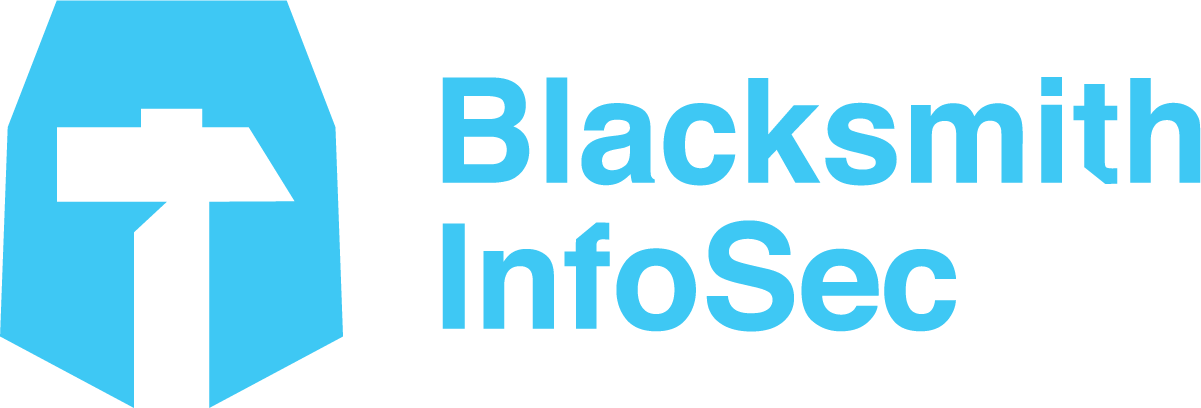This article is an amended chapter from ‘Forging Trust’, our comprehensive guide to compliance-as-a-service (CAAS) for MSPs and SMBs, which will be rereleased in 2025 with added compliance guidance, info, and insights! Be sure to sign up for the companion newsletter for publishing updates and risk management news!
Achieving compliance success hinges on more than just policies and procedures; it requires a collective commitment from all levels of an organization. Stakeholder buy-in is the cornerstone of a robust compliance framework, ensuring that everyone from executives to front-line employees is aligned with the organization’s compliance goals. Now, we’ll explore the importance of stakeholder engagement, the strategies to secure their commitment, and how aligning compliance with business objectives can drive meaningful results.
Understanding Stakeholders
Before embarking on the journey of securing buy-in, you first have to determine who the stakeholders are and where they fit in within the IT environment. Stakeholders typically include:
- Executive Leadership: Decision-makers who set the strategic direction and allocate resources.
- Compliance Officers: Individuals responsible for overseeing compliance initiatives and ensuring adherence to regulations. An organization may have more than one compliance officer, or this may be more of a responsibility than a defined role in smaller organizations.
- IT Managers: Key players in implementing compliance processes and managing technological tools.
- Front-line Employees: Those who execute daily tasks and need to adhere to compliance policies.
Recognizing the roles each stakeholder plays in the compliance ecosystem is crucial for tailoring communication and engagement strategies.
The Importance of Buy-In
Securing stakeholder buy-in is not just a step in the compliance process; it is an ongoing commitment that ensures the sustainability and effectiveness of compliance efforts. Here’s why buy-in is crucial:
- Risk Mitigation: Stakeholders who understand and support compliance initiatives are more likely to identify and address risks proactively.
- Trust Building: A unified approach to compliance fosters trust among customers, partners, and regulators.
- Competitive Advantage: Organizations with strong compliance cultures can differentiate themselves in the marketplace by demonstrating reliability and integrity.
Strategies for Gaining Buy-In
To achieve stakeholder buy-in, organizations must employ targeted strategies that communicate the value of compliance and align it with broader business objectives.
Communicating the Value of Compliance
- Risk Management: Highlight how compliance reduces the likelihood of legal and financial repercussions.
- Trust and Reputation: Emphasize the role of compliance in building and maintaining trust with customers and partners.
- Competitive Edge: Illustrate how compliance can serve as a differentiator in a crowded market.
Aligning Compliance with Business Goals
- Strategic Alignment: Show how compliance supports the organization’s mission and long-term vision.
- Return on Investment: Present data and case studies that demonstrate the financial benefits of compliance, such as cost savings from avoided penalties.
- Performance Metrics: Establish KPIs that tie compliance efforts to business outcomes, making it easier for stakeholders to see the impact.
Engaging Stakeholders
- Continuous Dialogue: Maintain open lines of communication to address concerns and gather feedback.
- Feedback Loops: Implement mechanisms for stakeholders to provide input on compliance initiatives, fostering a sense of ownership.
- Inclusive Decision-Making: Involve stakeholders in the development and refinement of compliance policies and procedures.
By establishing a strong foundation of stakeholder buy-in, organizations can create a compliance culture that is not only effective but also resilient in the face of changing regulations and business landscapes.
With stakeholder buy-in secured as the foundation, organizations can effectively implement a compliance strategy that is both structured and dynamic. In future posts, we’ll move on to our three-step methodology — Say it, Do it, Prove it — and see how it provides a clear roadmap for translating compliance objectives into actionable and verifiable practices.



